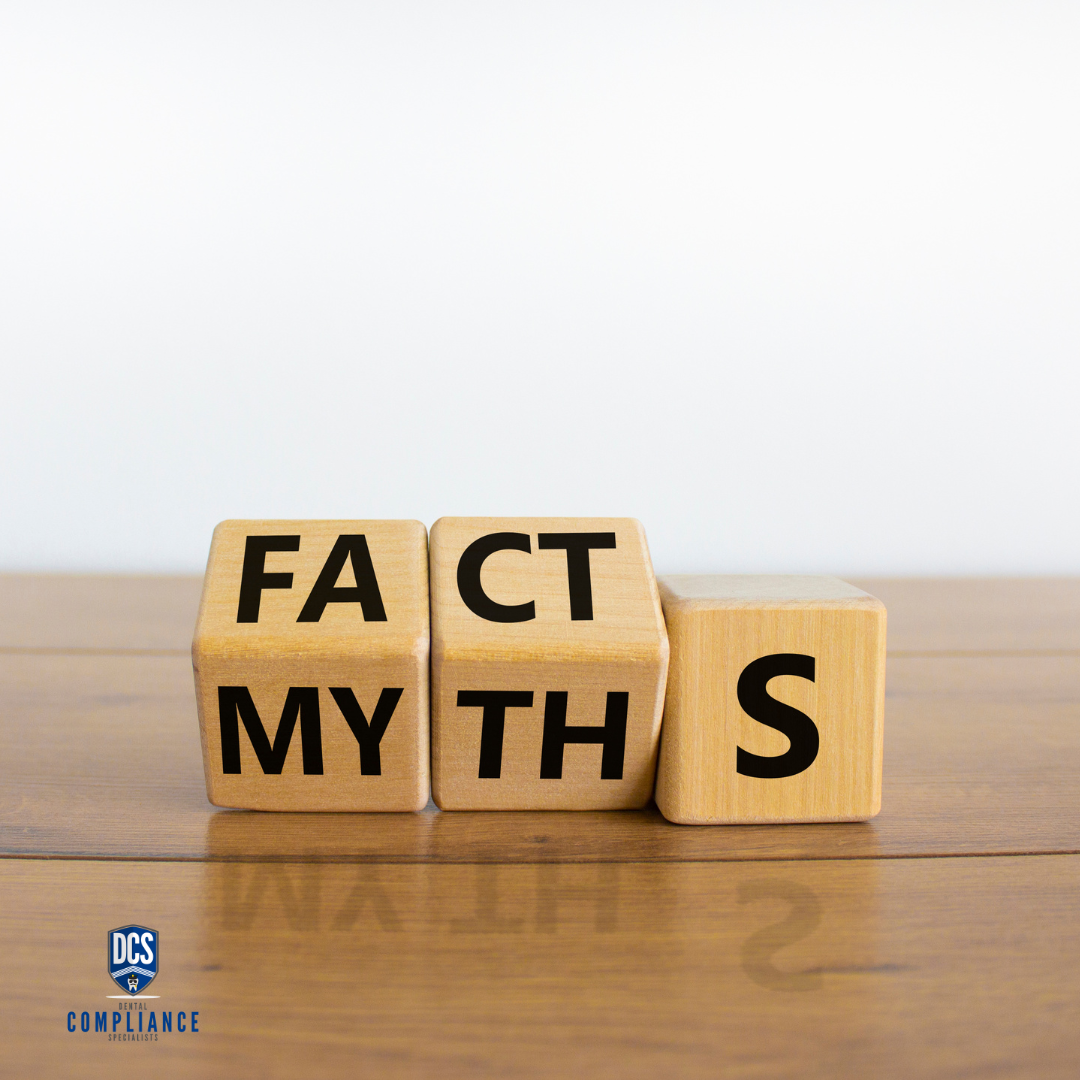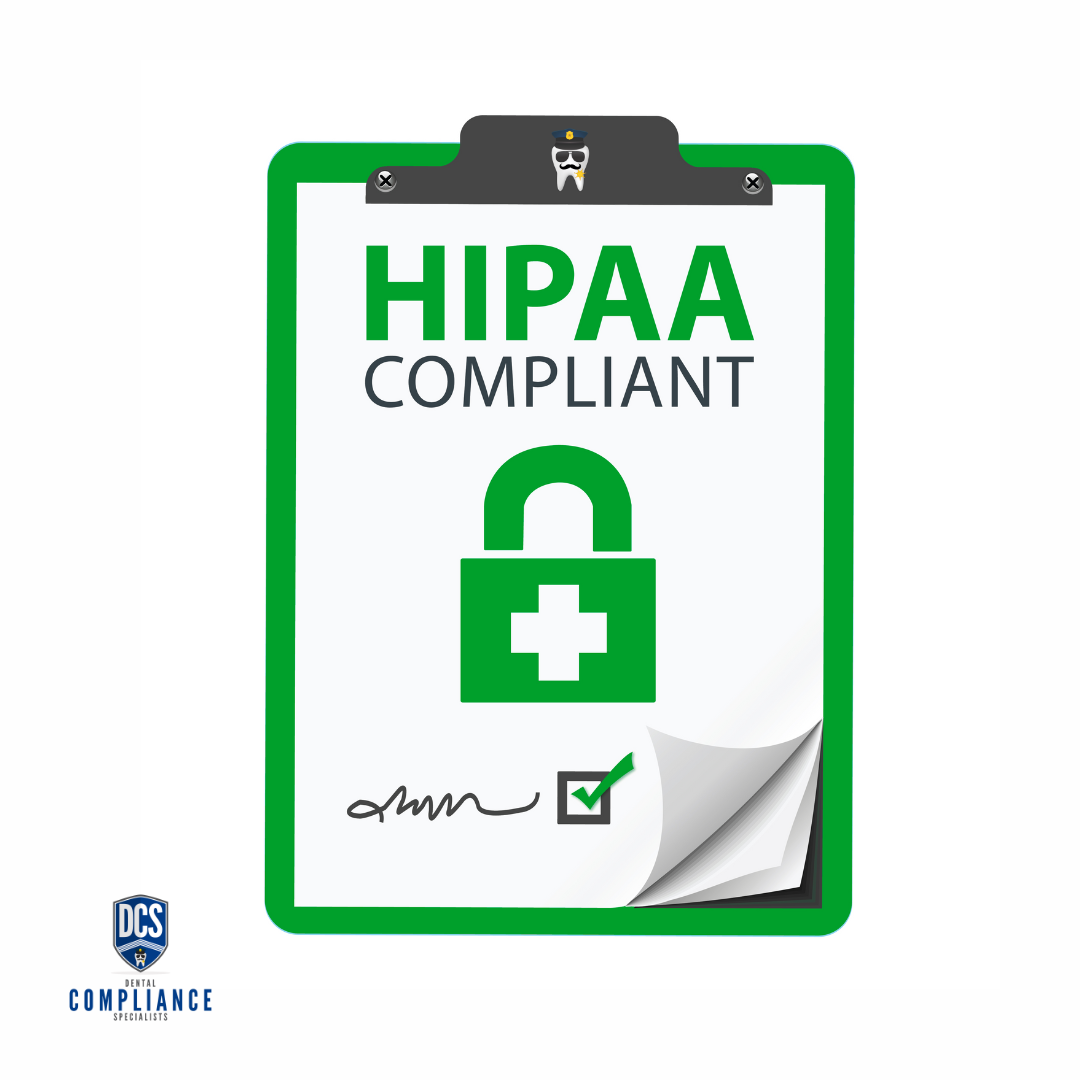
Dr. Janis called me a few weeks ago. He went through a ‘routine’ Medicaid audit from the OIG. He has been audited before and it went by without a hitch. This time, however, the audit is resul...
Read more
In the dental profession, meticulous Medicaid documentation is more than a routine task; it’s a pivotal component of practice management that ensures the delivery of high-quality care, the integrity of audit processes, and the fluidity of payment syste...
Read more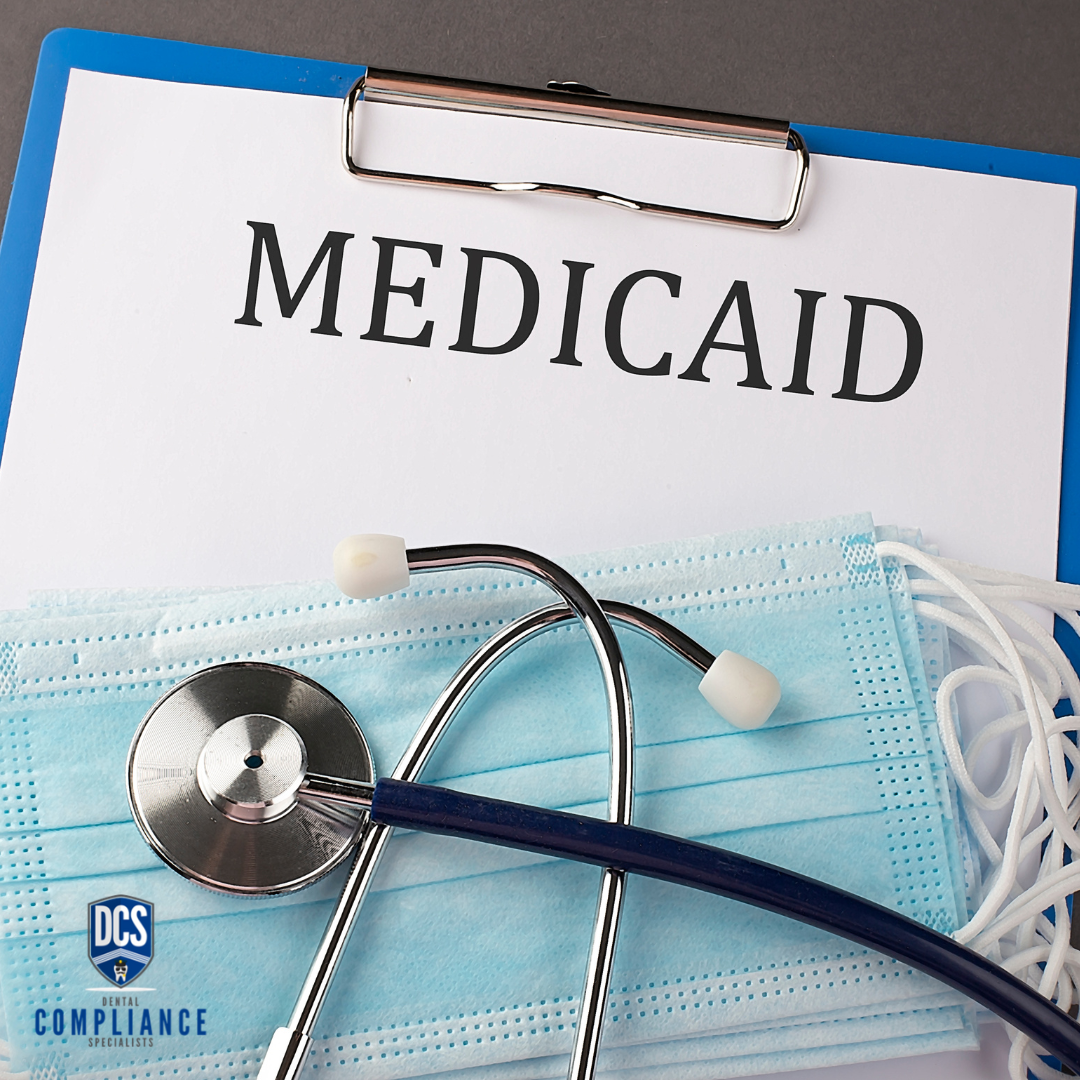
Navigating the complexities of dental Medicaid can be a daunting task for dental professionals. Understanding the nuances of claims and the appeals process is essential for the efficient operation of dental practices serving Medicaid patients. This gui...
Read more
Navigating the requirements for Medicaid in the dental industry can be as intricate as the procedures you perform. Proper documentation is the cornerstone of ensuring that services provided to Medicaid patients are compliant, reimbursed, and well-manag...
Read more
Written by Duane Tinker, NREMT Epinephrine is commonly used in dental settings to manage severe allergic reactions such as anaphylaxis. However, administering too much can have a range of consequences, particularly affectin...
Read more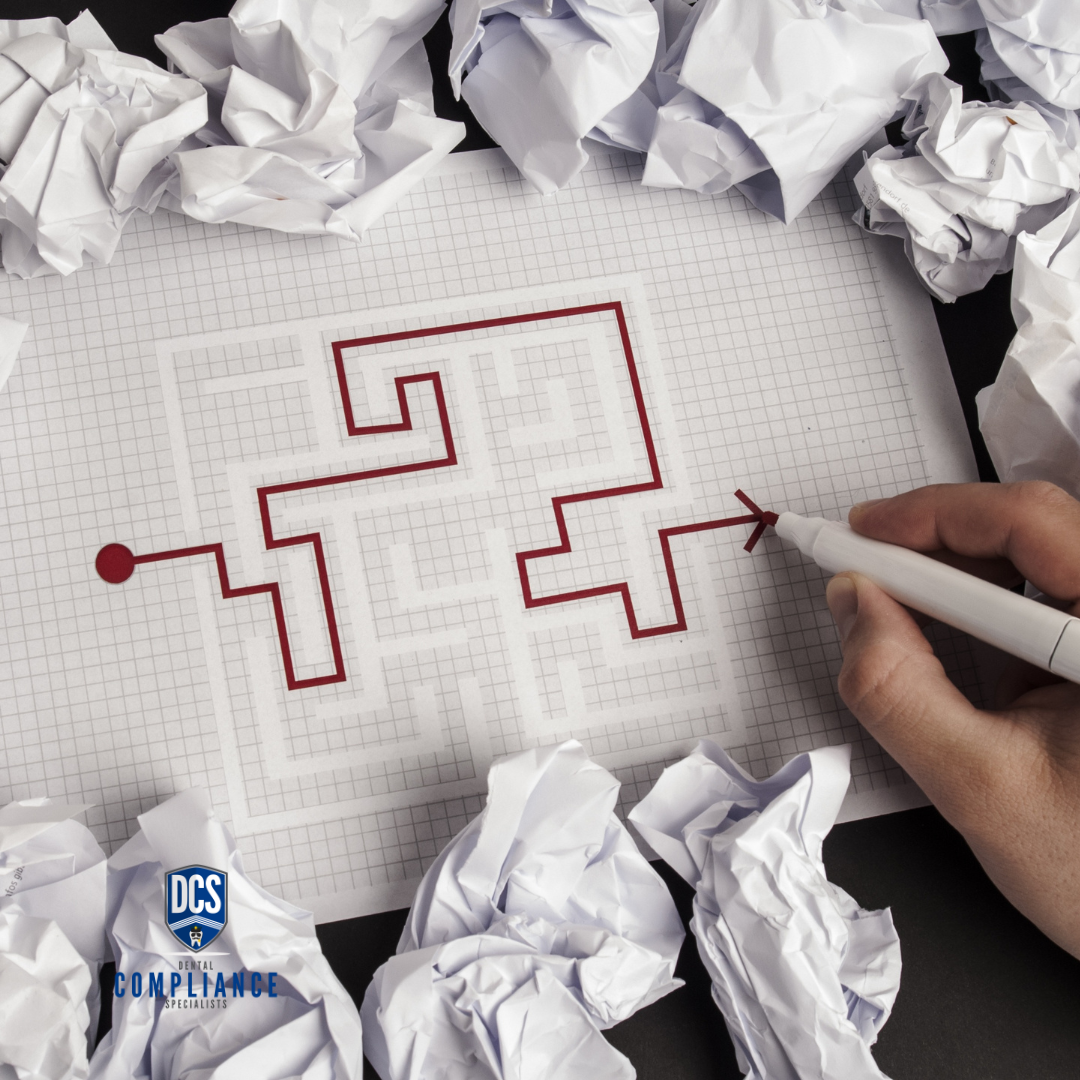
Written by Duane Tinker (aka the Toothcop) So, you've got Electronic Protected Health Information (ePHI) to deal with, and it's like navigating a maze. ePHI is healthcare information in electronic form, and it's governed by the HIPA...
Read more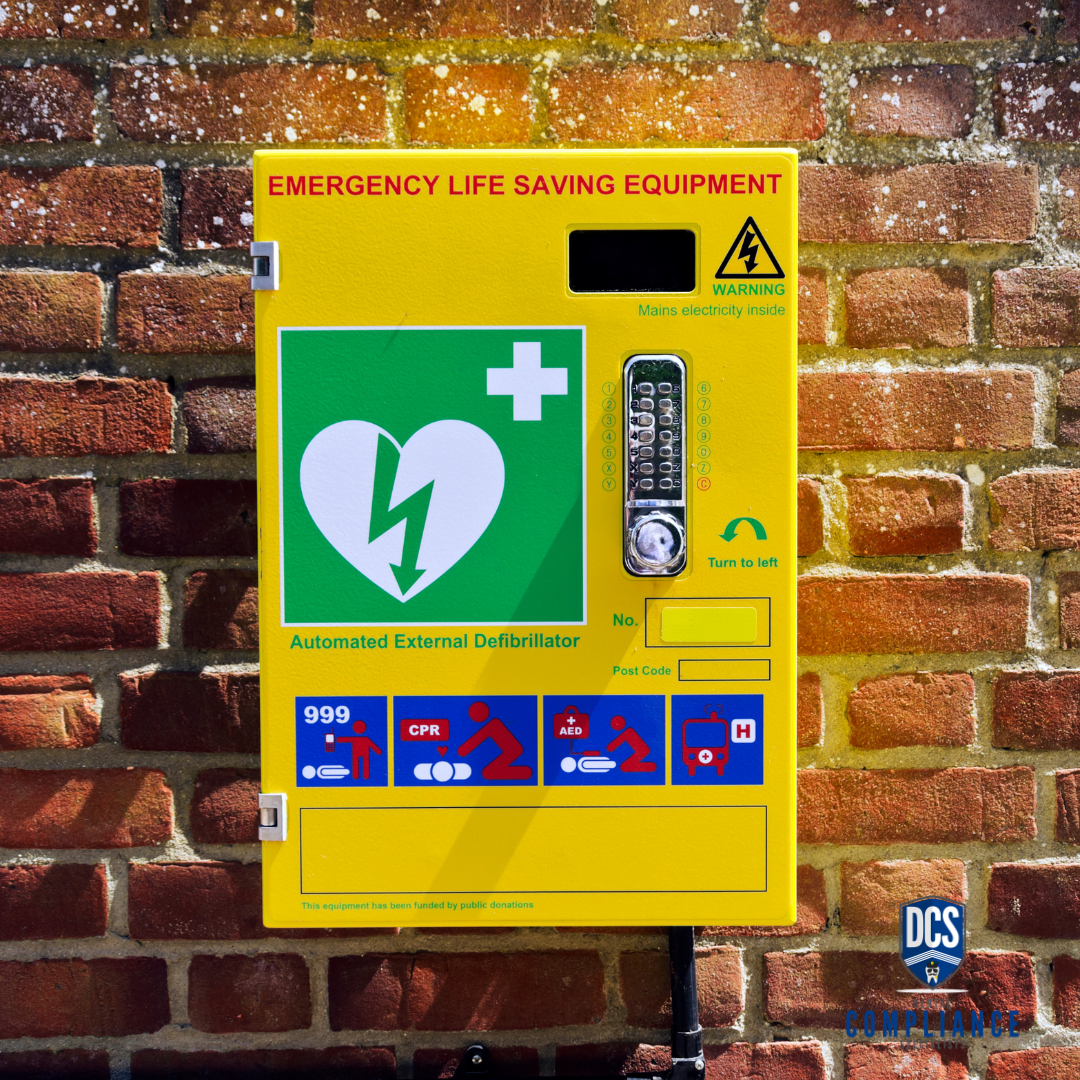
Written by Duane Tinker (aka the Toothcop) When it comes to emergencies in the dental office, preparation is crucial. You’ve likely equipped your clinic with a variety of emergency response tools like Automated External Def...
Read more
Written by Duane Tinker (aka the Toothcop) In the world of emergency response, time is often the most critical factor in determining the outcome of a medical emergency. This is particularly true in dental offices, where pat...
Read more
